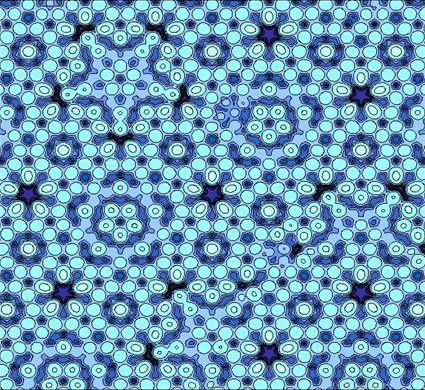Scientists Discovered How To Simulate Wigner Crystals Using Common Household Items
Aside from the delicate procedure, the experiment needs costly instruments to study them carefully.

Have you heard the term studying dead stars on Earth? The word might have given scientists and hopeful undergraduates a difficult time a couple of years ago, especially with recreating Wigner crystals. Aside from the delicate procedure, the experiment needs costly instruments to study them carefully.
However, a scientist has found a way of recreating the phenomenon with everyday household items. The concept, introduced by a physicist at North Carolina State University, demonstrates the Wigner crystallization using "gravity crystals."
Alexander Bataller will be presenting his work this week at the annual meeting of the American Physical Society's Division of Plasma Physics in Fort Lauderdale, Florida.
Battaler figured that the Wigner phenomenon had been studied in astrophysical contexts as white dwarf stars, but it takes "million-dollar experiments." He questioned if the same principles could be done with larger objects such as metal balls since the multi-million tests need ion traps and dusty plasma traps.
That's when the NC State scientist found out that Wigner crystals can be reproduced by administering an electric charge to aluminum and copper balls. The spheres representing the electrons are placed into a regular mixing bowl that holds them confined by gravity.
In a report by Vice, Battaler said that the material does not need to be metal. He added that "as long as they're charged and rolling around inside of a bowl or gravity well." He figured that insulators like Teflon balls charged up with static electricity could demonstrate the effect inside shot glasses.
The name "gravity crystals" was coined using the principle. The Research Assistant Professor said that its because "what ties everything together is to use gravity as the confining force."
Battaler is hopeful that undergraduate and high schools students could use this platform to study the effects of a dying star. He believes that "It's a cool educational tool for students to get experimental experience."
© Copyright IBTimes 2024. All rights reserved.





















